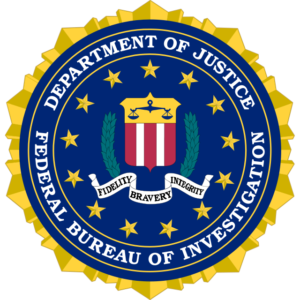 In popular culture, many in the United States and beyond think of federal law enforcement agencies like the Federal Bureau of Investigation (FBI) as shadowy organizations watching everything we do. In the eyes of many, they often catch criminals before they can even carry out their nefarious deeds. So, the FBI isn’t exactly the kind of organization you think would rely on crowdsourcing. But that’s exactly what the FBI is starting to do regarding their National Stolen Art File (NSAF).
In popular culture, many in the United States and beyond think of federal law enforcement agencies like the Federal Bureau of Investigation (FBI) as shadowy organizations watching everything we do. In the eyes of many, they often catch criminals before they can even carry out their nefarious deeds. So, the FBI isn’t exactly the kind of organization you think would rely on crowdsourcing. But that’s exactly what the FBI is starting to do regarding their National Stolen Art File (NSAF).
While the NSAF has been accessible online for years, this is the first time the FBI has made its database publicly available through a mobile phone application. The FBI released the new app this past Monday, which you can download from any regular app store. It enables anyone with a cellular connection to access the FBI’s database of stolen works of art, consisting of thousands of entries, including some submitted as recently as April 8th. Also, the app has a section where anyone can submit a tip to the bureau’s Art Crime Team. Even though the app is primarily for law enforcement, and gallery and auction house research specialists, in theory, anyone with the app can search the database to see if an item with gaps in its provenance could be on the list. And it’s not just paintings and sculptures. The database also documents stolen books, antique firearms, jewelry, and ceramics.
Of course, the FBI is not the first to release this kind of app. The Italian Carabinieri were the first to release a publicly-available smartphone app in 2014, while Interpol released theirs in 2021. Furthermore, government officials created the FBI app, not software developers. So the database app has a few kinks to work out. Still, making it available to the general public might be an important step in facilitating the identification and return of stolen art.
